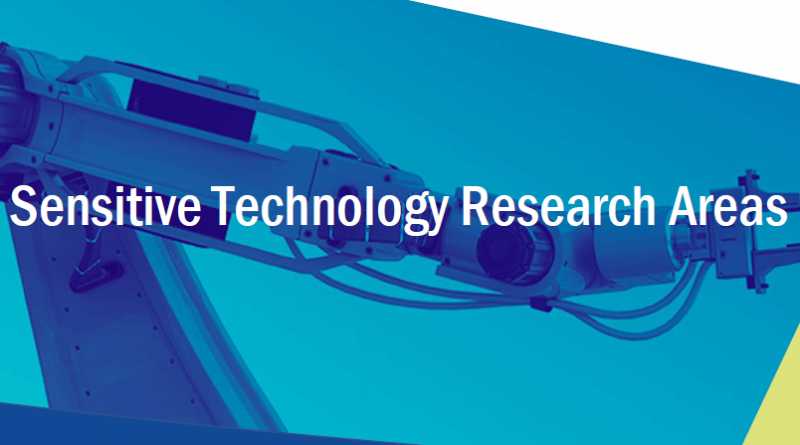Canada’s Sensitive Technology Research Areas
10. Quantum Science and Technology
Quantum science and technology refers to a new generation of devices that use quantum effects to significantly enhance the performance over those of existing, ‘classical’, technologies. This technology is expected to deliver sensing and imaging, communications, and computing capabilities that far exceed those of conventional technologies in certain cases, well as new materials with extraordinary properties and many useful applications. Quantum science and technology may be considered cross-cutting, given that quantum-enhanced technologies are expected to enable advancements or improvements in most other technology areas, including biotechnology, advanced materials, robotics and autonomous systems, aerospace, space and satellite technology and others.
Quantum communications
Use of quantum physics to enable secure communications and protect data using quantum cryptography, also know as quantum key distribution.
Quantum computing
Use of quantum bits, also known as qubits, to process information by capitalizing on quantum mechanical effects that allow for a large amount of information, such as calculations, to be processed at the same time. A quantum computer that can harness qubits in a controlled quantum state may be able to compute and solve certain problems significantly faster than the most powerful supercomputers.
Quantum materials
Materials with unusual magnetic and electrical properties. Examples include: superconductors, graphene, topological insulators, Weyl semimetals, metal chalcogenides and others. While many of these materials are still being explored and studied, they are promising contenders that could enable energy-efficient electrical systems, better batteries and the development of new types of electronic devices.
Quantum sensing
Broad of range of devices, at various stages of technological readiness, that use quantum systems, properties, or phenomena to measure a physical quantity with increased precision, stability and accuracy. Recent developments in applications of quantum physics identified the possibility of exploiting quantum phenomena as means to develop quantum radar technology.
Quantum software
Software and algorithms that run on quantum computers, enable the efficient operation and design of quantum computers, or software that enables the development and optimization of quantum computing applications.
11. Robotics and Autonomous Systems
Robotics and Autonomous Systems are machines or systems with a certain degree of autonomy (ranging from semi- to fully autonomous) that are able to carry out certain activities with little to no human control or intervention by gathering insights from their surroundings and making decisions based on them, including improving their overall task performance.
Molecular (or nano) robotics
Development of robots at the molecular or nano-scale level by programming molecules to carry out a particular task.
(Semi-)autonomous/uncrewed aerial/ground/marine vehicles
Vehicles that function without any onboard human intervention, and instead, are either controlled remotely by a human operator, or operate semi-autonomously or autonomously. Uncrewed vehicles rely on software, sensors and artificial intelligence technology to collect and analyze information about their environment, plan and alter their route (if semi- or fully autonomous), and interact with other vehicles (or human operator, if remotely-controlled).
Service robots
Robots that carry out tasks useful to humans that may be tedious, time-consuming, repetitive, dangerous or complement human behaviour when resources are not available, e.g. supporting elderly people. They are semi- or fully-autonomous, able to make decisions with some or no human interaction/intervention (depending on the degree of autonomy), and can be manually overridden by a human.
Space robotics
Devices, or ‘space robots’, that are able to perform various functions in orbit, such as assembling or servicing, to support astronauts, or replace human explorers in the exploration of remote planets.





